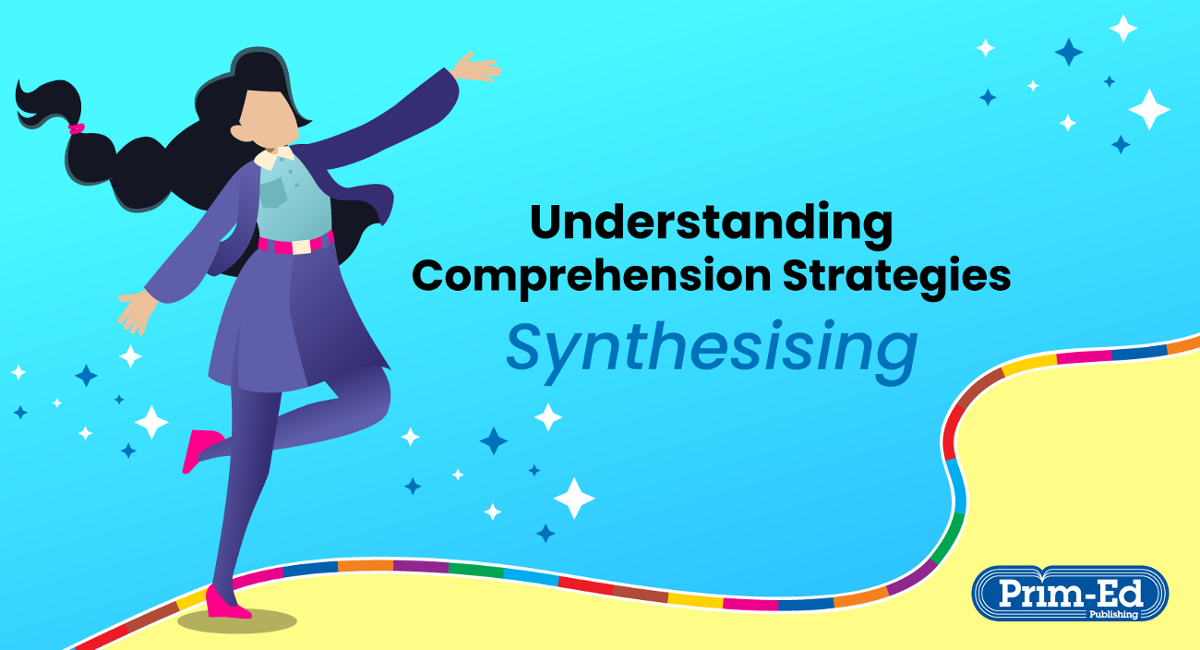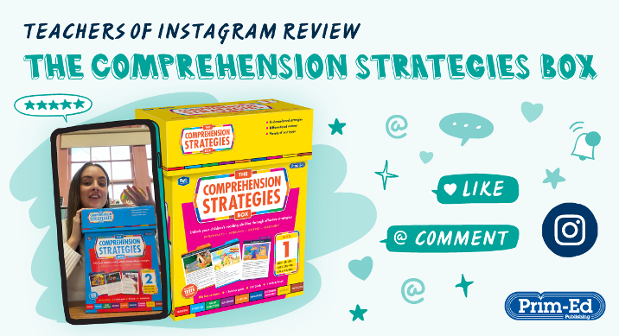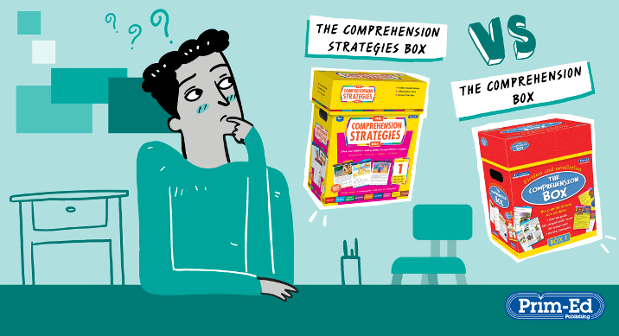- Wednesday 13 May 2020
The Synthesising Reading Comprehension Strategy
Understanding what they read is one of the biggest difficulties a child will have while reading. It is therefore crucial that they are explicitly taught a range of strategies to encourage and master reading comprehension.
Synthesising is a very complex, challenging process and involves higher-order thinking. It involves many different strategies, including retelling, analysing, evaluating, summarising, inferring, and linking to personal experiences and knowledge. When synthesising, readers put all the strategies together and use them all at once while reading.
A child-friendly definition would be putting the pieces together to see them in a new way.
Synthesising is a continuous and evolving process that requires readers to construct and manipulate meaning during and after reading. Synthesising means constantly changing thinking during the reading process so that what was thought at the beginning is often different to what was thought at the end. It is an on-going process that develops and grows as a reader gets deeper into the text.
Synthesising occurs when readers merge new information with prior knowledge to form a new idea, perspective or opinion. In fiction texts, readers look for a new or deepened understanding about the events or characters. In non-fiction texts, readers better understand the topics they are studying by putting everything they learn together.
Synthesising in the Classroom
Teachers can develop children’s synthesising skills and therefore their ability to comprehend texts in a variety of ways.
The children will first need to have a good grasp of all the other comprehension strategies before synthesising is introduced, as it involves all of these.
First, the title should be considered. Children should use their prior knowledge of the topic and discuss what they already know and what they think the text will be about.
The text should then be read together, with new information and ideas being discussed as they appear. After the text has been read, children should pull all the information together, using both their prior knowledge of the text and the new ideas/information learned while reading. They should then discuss what they think now and how their thinking changed from before reading and during reading.
To start with, brief texts should be used and synthesising should be oral. Children should then progress to record their thinking in written form. Templates could be used to help children record in an organised way. Recording should be brief and concise to include the skills of summarising and paraphrasing.
ART of some of the SYNTHESISING TEMPLATES from the Comprehension Strategies Box Teacher Guides.
I would suggest:
TG 1, page 98
TG 6, page 107
A small label could be included that states: Templates from Teacher Guides in The Comprehension Strategies Box series.
Synthesising in The Comprehension Strategies Box
Synthesising is the last of nine reading comprehension strategies covered in the The Comprehension Strategies Box series, as it is a combination of many strategies and therefore the most difficult for children to master. This boxed series, written at six levels for the six main primary school years, consists of full-colour, differentiated, fiction and non-fiction reading cards which cover nine different comprehension strategies, a comprehensive teacher guide that explains the strategies and how to use the series, and an activity book with photocopiable activities to enable children to focus on and practise each strategy.
ART: Level 6 of TCSB box, with cards, TG and AB also showing.
A small label could be included that states: A selection of resources from The Comprehension Strategies Box 6.
Each reading strategy is introduced in the teacher guide, with a page of background information for teachers to familiarise themselves with.
ART: TG 6, page 106
A small label could be included that states: Sample page from Teacher Guide 6 in The Comprehension Strategies Box series.
The teacher should use the modelling text provided to introduce and demonstrate the synthesising comprehension strategy to their class. The illustrated text should be displayed onto an interactive whiteboard, to enable the teacher to conceal and reveal parts of the text to the children, and highlight text and add annotations as appropriate. The steps the teacher should go through to model and teach the strategy are clearly laid out in the teacher notes. The modelling is oral and includes what the teacher should say at various stages of reading the text; for example, the title, the sentences, and so on. To start, the title should be read and discussed, as this will enable children to gather their prior knowledge of the subject. Next, the first two lines of the story should be read and discussed, and so on, throughout the text. The information from the text can be given orally or recorded as a written activity using a template.
ART: TG 6, pages 108 and 109
A small label could be included that states: Sample pages from Teacher Guide 6 in The Comprehension Strategies Box series.
In a similar way to how the modelling text was presented and used with the class, the teacher should then present the sharing text. This can either be another oral activity or children may work with each other to answer the questions and practise the strategy together.
ART: TG 6, pages 110 and 111
A small label could be included that states: Sample pages from Teacher Guide 6 in The Comprehension Strategies Box series.
The children can then work on some of the activity cards, either individually, in pairs or in small groups. The teacher should select a particular level of card (1, 2 or 3), depending on the reading level of the child or group. A placement test is provided to help with this. There are two texts on each card, so children can practise the synthesising strategy using more than one text. The children should use the corresponding resource sheets in the activity book which pose questions and activities that children will need to use synthesising skills to answer.
ART: Box 6, Card 2A The Mummy’s Curse and AB 6 pages 102 and 103.
A small label could be included that states: Card and sample pages from Activity Book in The Comprehension Strategies Box 6.
The teacher can use the assessment text in the teacher guide and the corresponding assessment questions to assess how well each child has understood and can use the synthesising comprehension strategy.
ART: TG 6, pages 112, 113 and 114
A small label could be included that states: Sample pages from Teacher Guide 6 in The Comprehension Strategies Box series.
More Information About The Comprehension Strategies Box
For further information about The Comprehension Strategies Box and to view sample cards and pages from other levels, check out the series page here.
ART: x6 boxes for the The Comprehension Strategies Box series.


